Benches, including blue benches, are versatile seating options that can be used inside and outside the home. Inside the house, a bench near the entryway provides a convenient spot to sit while putting on or taking off shoes and can serve as a decorative focal point. Benches can be used as alternative seating options for dining tables, providing a casual and space-efficient solution. Placing a bench in the living room so it can offer more seats for guests or as a stylish coffee table alternative when paired with a tray is an innovative way to add style and seating to a space. A bench at the foot of the bed can be used for seating, as a place to lay out clothes, or as a decorative accent. Outside the home, benches provide comfortable seating for outdoor relaxation, dining, or entertaining. Placing a bench on the front porch offers a welcoming seating area for enjoying the outdoors and interacting with neighbors. Benches in parks or public spaces provide seating for people to rest, relax, and enjoy the surroundings. The versatility of benches makes them a practical and stylish addition to indoor and outdoor spaces, providing comfort, functionality, and aesthetic appeal.
How to choose size of a blue bench?
Choosing the right size of a
navy blue bench involves considering several factors to ensure it fits well within one’s space and meets one’s needs. Measure the area where one plans to place the bench, considering the length and width available. This will give one an idea of the maximum size of the bench. Determine the primary use of the bench. If it's for seating at a dining table, consider the number of people it needs to accommodate. For an entryway, consider the space required for sitting and shoe storage. Consider the overall scale and proportion of the bench, the surrounding furniture, and the room itself. A large room may require a larger bench to maintain visual balance, while a small space may need a more compact bench. Ensure the bench is deep and wide enough to provide comfortable seating. Consider the average height and size of the users to determine an appropriate seating area. Choose a bench size that complements the style and design of one’s space. A larger bench may make a loud design statement, while a smaller one can provide a delicate accent to the room. Considering the available space, purpose, comfort, and aesthetics, one can choose a bench size that fits perfectly within the space and meets the functional and design requirements.
Kinds of blue benches
Benches come in various styles and materials, offering versatility and adding a pop of color to different spaces. Outdoor benches are typically made of durable materials like metal or wood and are designed for public parks, gardens, or outdoor recreational areas. They often have slatted or solid seat and backrest designs. Garden benches are designed for outdoor spaces like patios, decks, or gardens. They are often made of weather-resistant materials like wrought iron, aluminum, or plastic and may feature decorative details or patterns. The ones that are intended for indoor use like
light blue benches will have padded seats and backs. They can be found in different styles, such as tufted, cushioned, or upholstered with fabric or leather. These benches provide both seating and storage functionality. They have a hinged or lift-up seat that reveals a storage compartment beneath, making them useful for entryways, bedrooms, or living rooms.
Blue bench furniture can come in various shapes, sizes, and materials, ranging from velvet upholstered benches to sleek modern designs. These are just a few examples of the different kinds of benches available and whether for outdoor or indoor use, there are numerous options suit various styles and needs.
Buying outdoor blue benches
When buying outdoor
blue bench seat benches, it's essential to consider the material and its weather resistance to ensure durability and longevity. Look for materials that can withstand the elements, such as aluminum, teak, cedar, or synthetic materials like resin or polywood. These materials are known for their resistance to moisture, UV rays, and temperature fluctuations. Cosider the level of maintenance required for the material. Some materials, like teak or cedar, may require periodic sealing or oiling, while others, like aluminum or resin, are low maintenance and easy to clean. Choose materials that are sturdy and long-lasting. Look for benches with reinforced frames, sturdy construction, and sturdy hardware to withstand regular use and outdoor conditions. Ensure that the blue color of the bench is fade-resistant and UV-stable so it retains its vibrant hue even with prolonged exposure to sunlight. Consider the comfort of the bench. Look for contoured seats, backrests, or cushions that provide optimal support and comfort for outdoor seating. By considering these factors, one can select outdoor benches that are visually appealing but also durable, weather-resistant, and suitable for one’s specific outdoor environment.








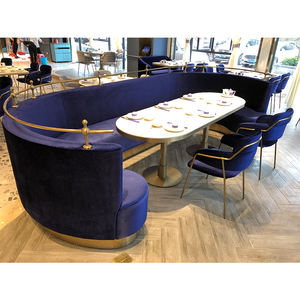





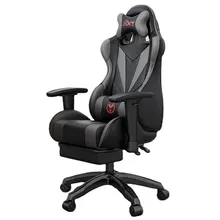


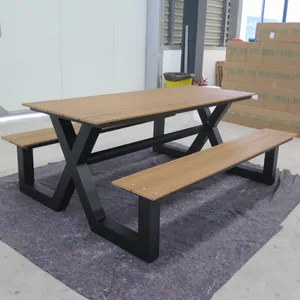
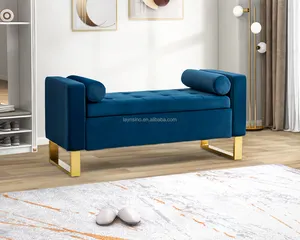
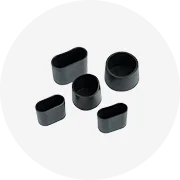
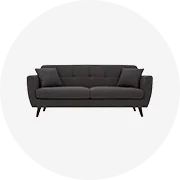
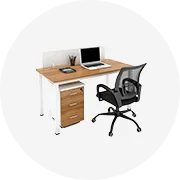
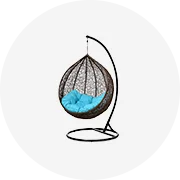
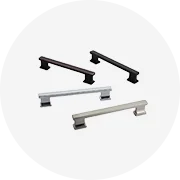
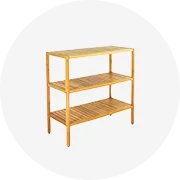
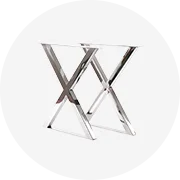
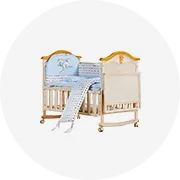








 浙公网安备 33010002000092号
浙公网安备 33010002000092号 浙B2-20120091-4
浙B2-20120091-4